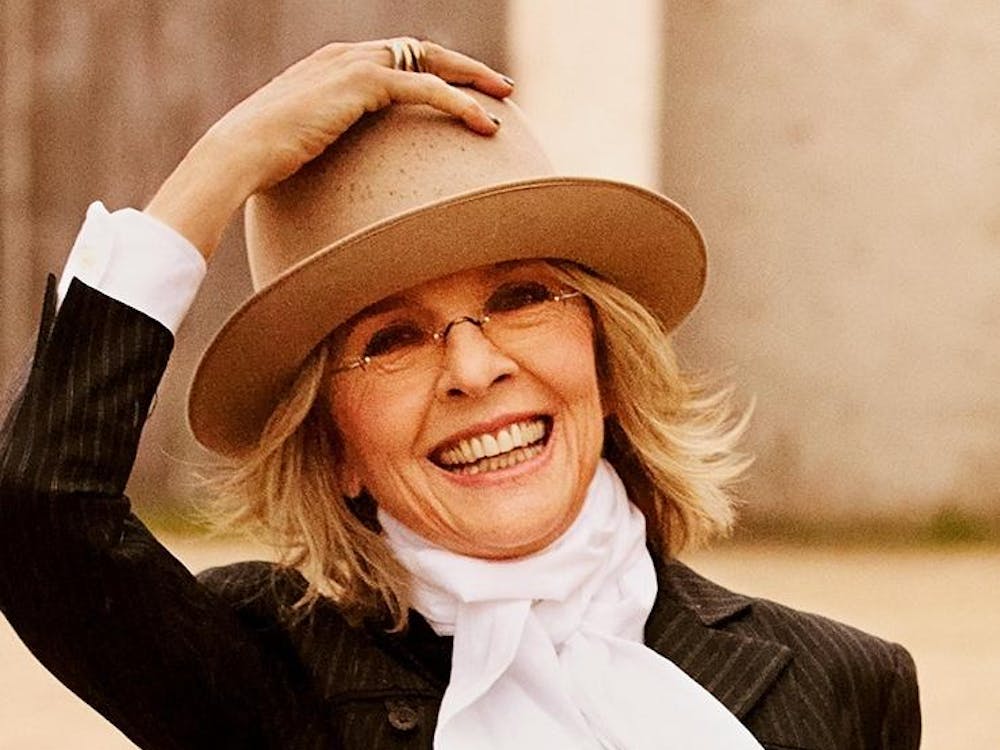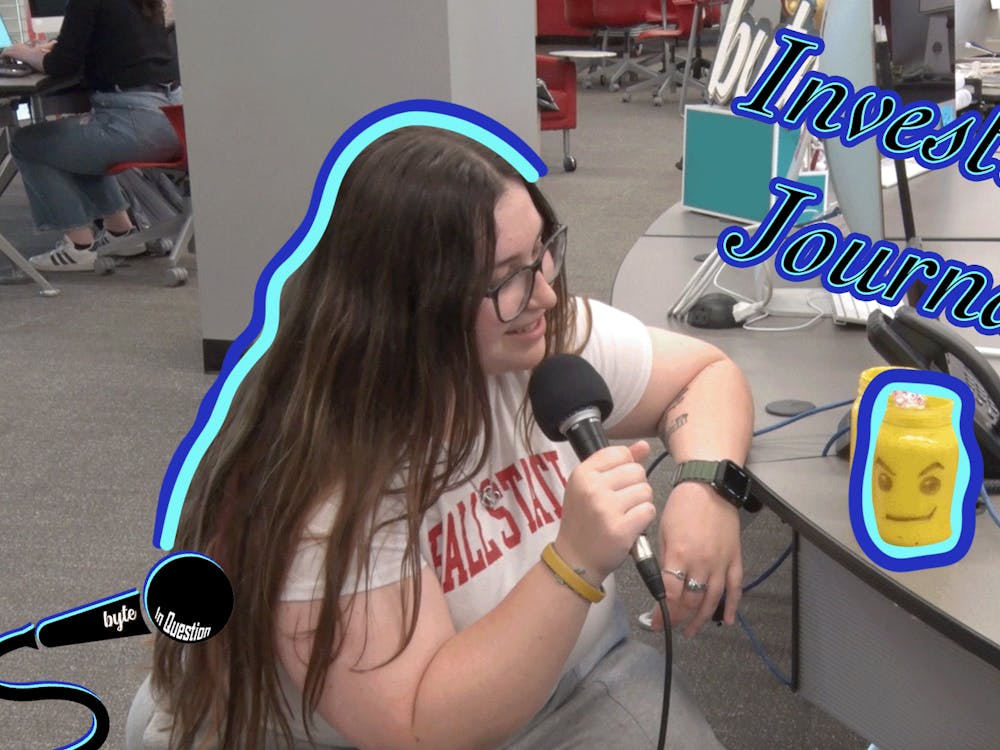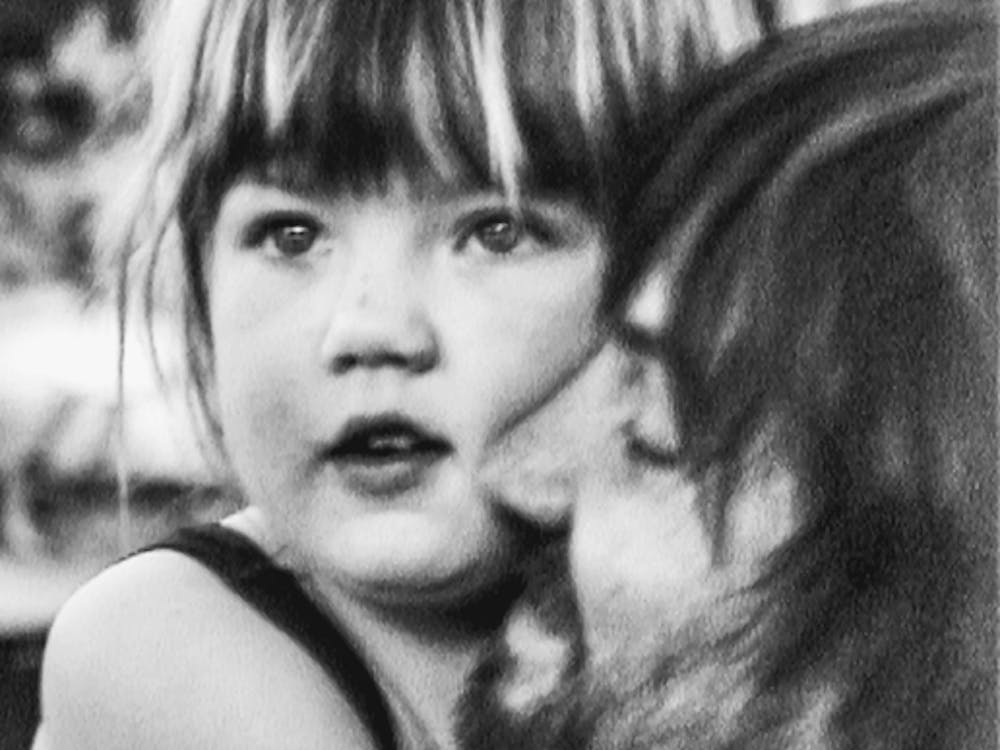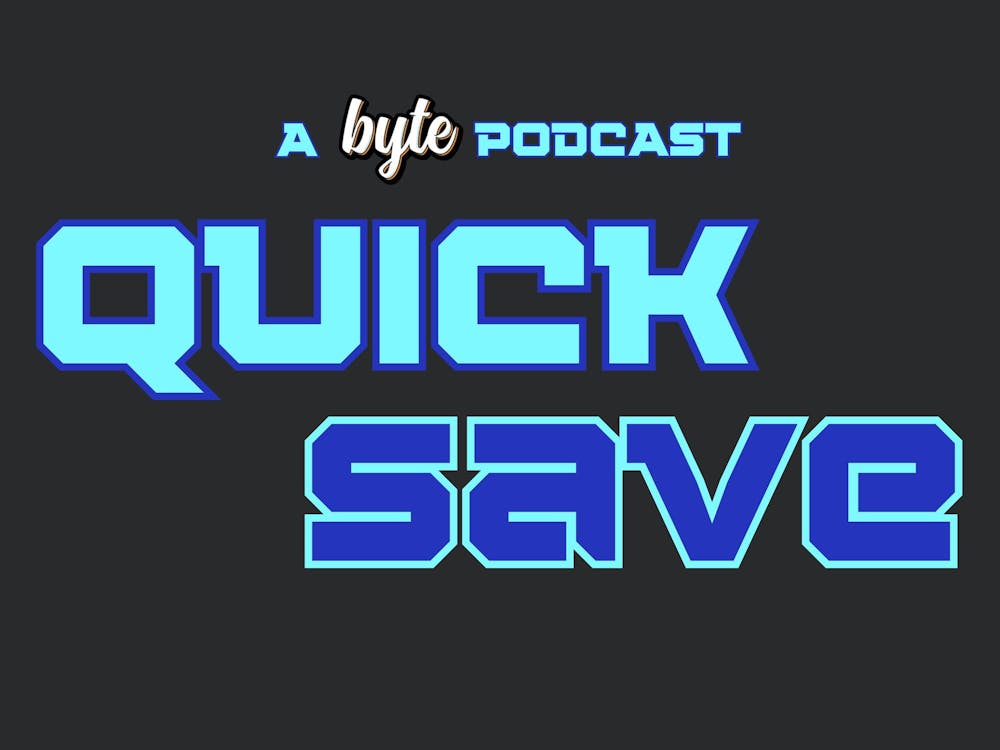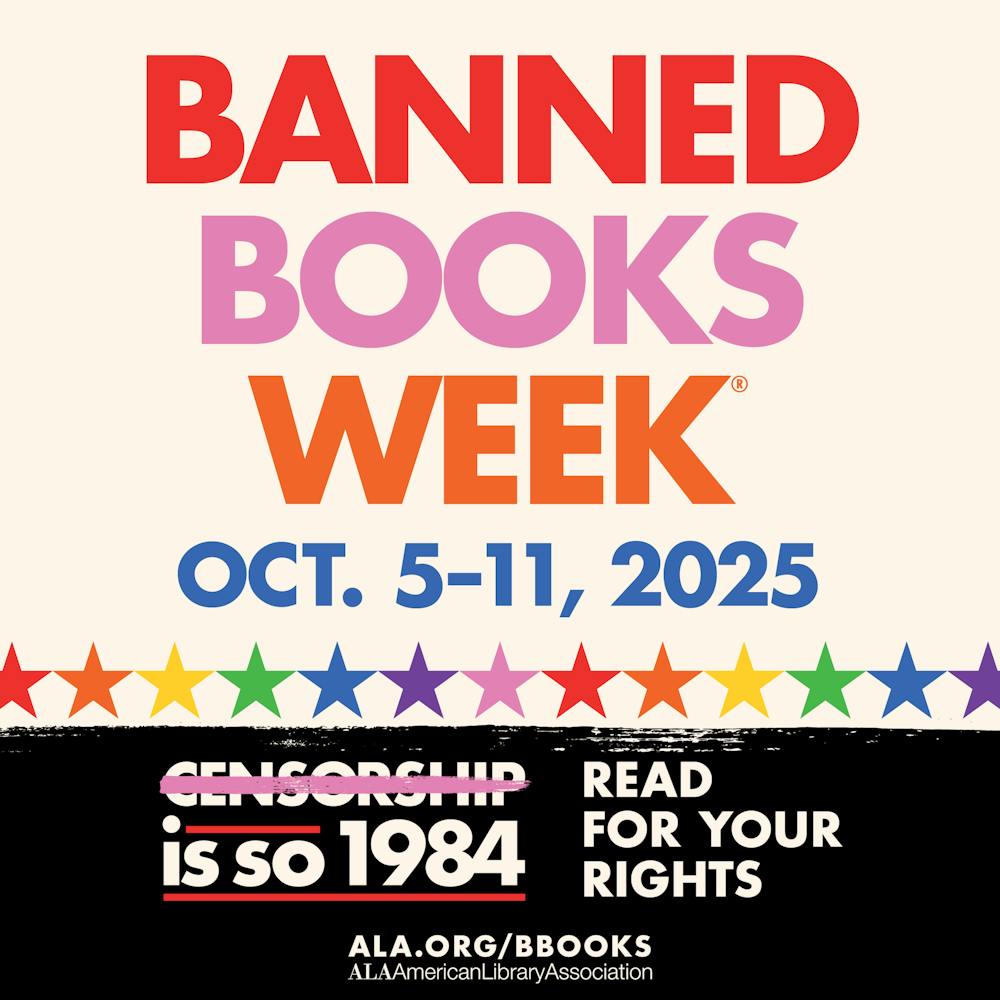The opinions and views expressed in this article are those of the author and do not reflect the opinion of Byte or Byte’s editorial board.
Banned Books Week has been around since 1982 and is celebrated annually during the last week of September or early in October. This year, the week falls on October 5-11. The campaign celebrates the freedom to read as well as raising awareness for books that have been banned or challenged. Established by the American Library Association, the goal is to ensure that people are aware of the books being challenged or taken out of libraries, and to draw attention to the harms of censorship.
Listed below, in no particular order, are some of my favorite books that have been challenged over the years. Many of these banned/challenged books include content that represents, celebrates, and depicts the struggles of LGBTQIA+ and BIPOC individuals. Others are valuable critiques of societal power structures and the way in which we navigate them. Pick one of these novels up at your local bookstore or library to support the mission of the American Library Association to end media censorship.
‘Slaughterhouse Five’ by Kurt Vonnegut
This novel teaches readers a clear lesson in critical thinking. It is evident from the first line of the book that Vonnegut’s narrator is not reliable. It is important to be able to understand the value of books written from the perspective of a character who may not be telling the whole truth. This process of reading helps to strengthen media literacy overall. Vonnegut also ensures the inclusion of anti-war themes is prominent in this book, along with many of his other works.
‘1984’ by George Orwell
The central theme of 1984 is—ironically—censorship. Orwell sets up a dystopian society in which elements eerily parallel aspects of our current society if they were heightened. The book explores the consequences of totalitarianism as well as what a world that punishes even so much as thoughts that contradict the normative societal narrative. There is something unsettling about a novel that explores the dangers of censorship being censored.
‘Lord of the Flies’ by William Golding
It is important to note that while this book has valuable themes and takeaways, racism is prevalent throughout aspects of this book and that is most certainly inexcusable. This novel is one that is important to analyze critically and not take at face value. With that said, Golding explores aspects of humanity and socialization that are fascinating to analyze from a sociological perspective. This book is most certainly flawed—after all, it is one of the older books on this list—but it also inspires societal critique and generates interesting conversation.
‘The Handmaid’s Tale’ by Margaret Atwood
Margaret Atwood primarily focuses on the topic of women’s bodily autonomy by telling the story of a fictional dystopian society in which women are often forced to reproduce. Reproductive rights and class struggle are both central themes in this book. Despite being published in 1985, there are still many ways in which the issues tackled in this book are issues that people are still struggling with today.
‘The Bluest Eye’ by Toni Morrison
The Bluest Eye deals with some really intense topics, but handles this extremely well. Toni Morrison explores the way in which Black girls are often devalued within society and how this affects them. The novel is a devastating read, but at the same time, it tackles important themes. Toni Morrison has written many books, most of which have been challenged at one point or another. She made it a priority to center Black stories in her writing, and her words are true art that is a gift to read.
‘The Hate U Give’ by Angie Thomas
This book centers around police brutality from the perspective of a teenager. The story is based on real events and effectively presents an accessible way for young readers to understand the importance of Black Lives Matter movement. The novel is truly such an accessible way for young people to better understand serious social issues through a relatable narrator.
‘The Perks of Being a Wallflower’ by Stephen Chbosky
Through Perks of Being a Wallflower, Chbosky manages to capture a refreshingly accurate depiction of high-school. The book is heartbreakingly relatable for those that feel as though they struggle to fit in. Themes surrounding mental health and sexuality are portrayed within the story; both of which are central to coming-of-age experiences. The book can at times be a heavy read, but the story has a positive outlook that could be refreshing for many young adult readers.
‘Fahrenheit 451’ by Ray Bradbury
This novel is particularly relevant to the modern day, and its placement on the banned books list is incredibly ironic, similar to 1984. Fahrenheit 451 focuses on the outlawing and burning of books. It is clear to see that the themes in this book directly parallel the current banning of books happening today. Fahrenheit 451’s place on these lists would be almost comical if it weren’t a frightening reminder of how seemingly absurdist science fiction can often mirror reality.
‘All Boys Aren’t Blue’ by George M. Johnson
This book is definitely worth the read, and it is clear that the reasons for its place on the challenged books list are heavily based on the intersection between homophobia, racism, and transphobia. George M. Johnson describes their experience growing up as a Black queer kid in a small town and tells their story for those who do not often see themselves represented in media. Johnson mentions within this book, “What I didn’t have in friendships, I could always find in stories.” This line—along with many other beautifully written ones—emphasizes how important books like this one are for young readers.
‘The Hunger Games’ (Series) by Suzanne Collins
This series is one of my favorite pieces of media of all time. The way that Collins is able to weave real complex social issues into her work while making it digestible for young adult audiences is truly impressive. Similar to 1984 and Fahrenheit 451, it is clear that the reasoning behind this book ban has to do with a critique of current systems of power.
Read Banned Books
The common thread of many of these books is that they teach young adults the critical thinking skills necessary to understand the world around them in a more complex way. These books and many others encourage people to develop empathy for those whose stories may differ from their own. They also allow young people to see themselves represented in media and help them to feel less alone in a world that often tries to stifle differences.
Regardless of a book's content, censorship is an ultimately harmful tool in terms of media. Books should not be taken out of libraries and made completely inaccessible. It is important for people to understand that a topic being written about doesn’t mean that it is being actively encouraged. Reading teaches critical thinking skills so that young adults can form their own thoughts on the world around them. There are a handful of books on the above list—like Fahrenheit 451—that function as cautionary tales about media censorship that are important to heed. This week is a reminder to read banned books, oppose media censorship, and support authors who are making a difference through their writing, all throughout the year.
Sources: AmericanLibraryAssociation, PenguinRandomHouse, Vonnegut, PenguinRandomHouse, Britannica, WilliamGolding, WilliamGolding, HarperCollins, MargaretAtwood, PenguinRandomHouse, Britannica, AngieThomas, AngieThomas, Simon&Schuster, Simon&Schuster, Simon&Schuster, Britannica, GMJ, GMJ, SuzanneCollins, SuzanneCollins
Photos: American Library Association
Contact Willow Emig with comments at willow.emig@bsu.edu.


